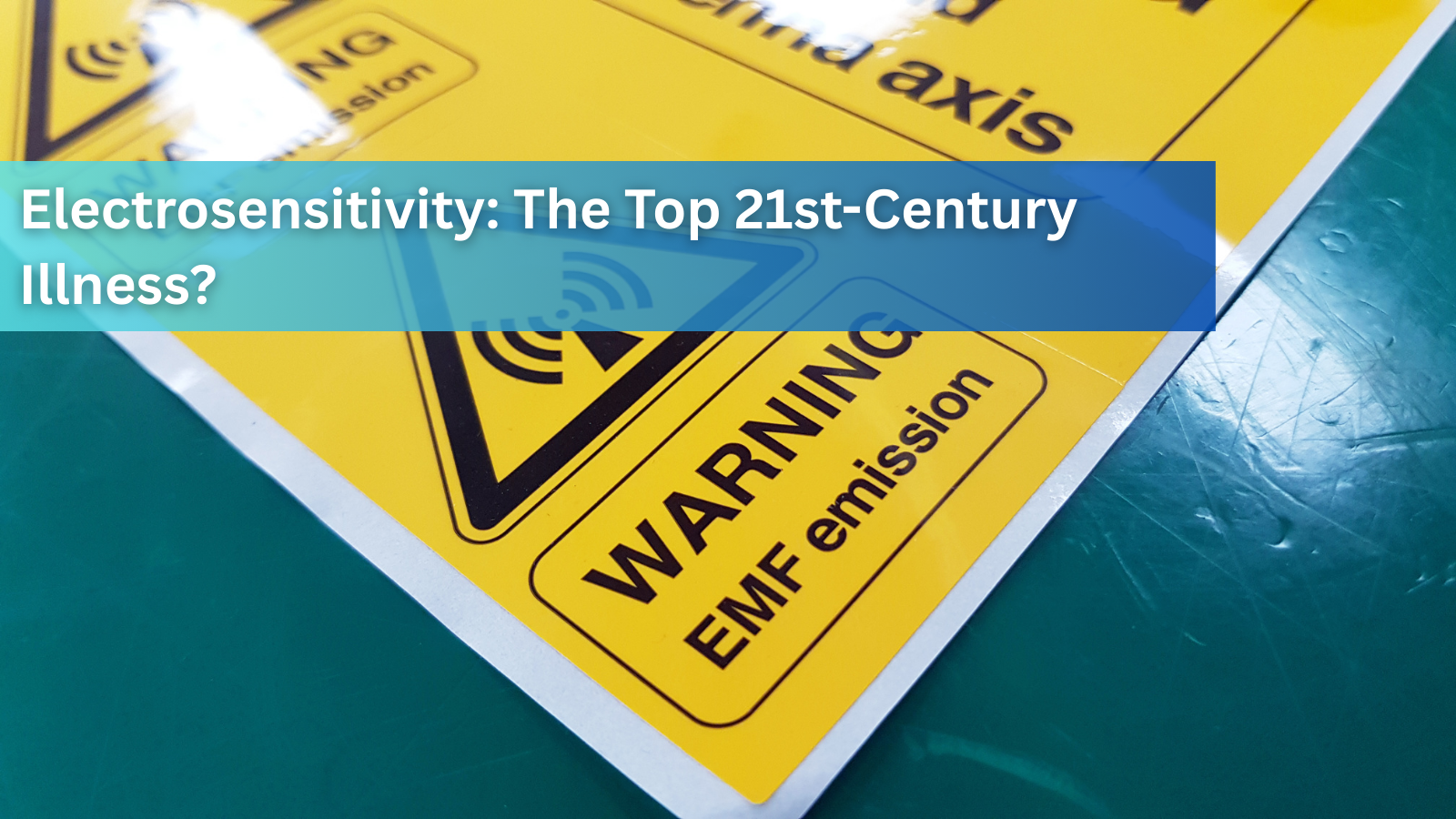A Breakthrough in Cancer Treatment with Gold Nanoparticles: Light-and-Sound-Based

In the ever-evolving field of cancer treatment, researchers are constantly looking for more precise, targeted methods to destroy tumors without causing extensive damage to surrounding healthy tissue. A new groundbreaking study from biomedical engineers at Duke University offers an exciting glimpse into the future of cancer therapy: a method that uses light and sound to precisely control the heating of gold nanoparticles to target and destroy cancer cells.
The research, published in Science Advances, demonstrates how these engineers have created a novel “light-and-sound-based thermometer” to track and heat gold nanoparticles deep within the body, allowing them to target and eradicate cancerous tumors with remarkable precision. This technique could provide a safer and more effective alternative to traditional cancer treatments like chemotherapy and radiation, which often come with severe side effects.
How It Works: The Power of Gold Nanoparticles and Dual Imaging
The core of this new technique lies in the use of gold nanoparticles—tiny particles of gold that have the ability to absorb light and convert it into heat. When exposed to certain wavelengths of light, these particles heat up, and this property has been harnessed in cancer therapy to heat and destroy tumor cells. The challenge, however, lies in controlling this process, especially deep inside the body, where it's difficult to target the nanoparticles precisely and avoid damaging healthy tissues.
Duke University's team has solved this problem by using a combination of light and sound for real-time imaging to track and monitor the nanoparticles within the body. The light component of the method is used to illuminate the gold nanoparticles, causing them to heat up. Meanwhile, sound, in the form of ultrasound waves, is used to image deeper tissues. Ultrasound waves can penetrate deeper into tissue than light alone, which is critical for non-invasively observing the nanoparticles' behavior inside the body.
By combining these two imaging methods—photoacoustic imaging (light) and ultrasound (sound)—the team can better track the gold nanoparticles' location and their temperature. This precise tracking allows the researchers to target tumors more effectively, heating only the nanoparticles that are embedded in cancerous tissue, thereby minimizing damage to healthy cells.
The Potential to Target Bladder Cancer
In their study, the Duke University researchers demonstrated this technology using an animal model of bladder cancer. They injected gold nanoparticles into the bloodstream of the animals, allowing the particles to accumulate in the tumor. Using the dual imaging method, the researchers were able to track and heat the nanoparticles, generating heat localized only in the tumor cells, where it could destroy the cancerous tissue.
The results of the study were promising: the combination of precise nanoparticle heating and dual imaging led to effective tumor destruction with minimal side effects, showing the potential of this technique to treat various types of cancer with a high degree of specificity. The ability to target deep tumors with such precision could drastically improve treatment outcomes and reduce harmful side effects, a significant issue with many current cancer therapies.
Advantages Over Traditional Cancer Treatments
Current cancer treatments, such as chemotherapy and radiation therapy, are often effective but come with significant side effects. Chemotherapy, for example, targets both cancerous and healthy cells, leading to unwanted damage to healthy tissues, hair loss, and a weakened immune system. Similarly, radiation therapy often involves exposure to high levels of radiation, which can cause long-term side effects and damage surrounding tissues.
The new gold nanoparticle-based method has several key advantages over traditional treatments:
-
Precision: By directly targeting the cancer cells and using imaging to monitor the heating process, the treatment can be tailored specifically to the tumor, minimizing collateral damage to healthy tissues.
-
Reduced Side Effects: Since the gold nanoparticles can be activated only in the tumor area, the risk of side effects is greatly reduced. Healthy cells remain largely unaffected, unlike in chemotherapy, where the entire body is exposed to toxic substances.
-
Non-invasive: The use of light and ultrasound waves for imaging is non-invasive and can be done in real-time, allowing doctors to monitor the treatment’s progress without requiring surgery or invasive procedures.
-
Versatility: This method could potentially be applied to a variety of cancers, not just bladder cancer. The ability to target different tumors with nanoparticles is an exciting avenue for expanding the use of this technology in the future.
Next Steps and Future Implications
While this study shows great promise, the technology is still in its early stages and was conducted in an animal model. Before it can be applied to human patients, further clinical trials and research are necessary to refine the technique and ensure its safety and efficacy in human cancer treatment.
Nonetheless, the breakthrough offers hope for a future where cancer treatment is not only more effective but also less invasive and more personalized. By using nanotechnology to target tumors with precision, we could enter a new era of cancer treatment that minimizes harmful side effects and improves patients' quality of life.
As researchers continue to develop and refine this method, we may see it become an essential tool in the fight against cancer—one that combines the power of nanotechnology with the precision of light and sound.
Sources
-
Shao, M., & Kim, C. (2022). Light-and-Sound-Based Thermometers: Harnessing Nanoparticles for Precision Tumor Treatment. Science Advances, 8(36), eabn2193. https://doi.org/10.1126/sciadv.abn2193
-
Cheng, L., & Wang, C. (2021). Gold Nanoparticles in Cancer Therapy: From Bench to Bedside. Advanced Drug Delivery Reviews, 178, 114052. https://doi.org/10.1016/j.addr.2021.114052
-
Gao, W., & Liu, Z. (2020). Photoacoustic Imaging for Cancer Diagnosis and Therapy. Journal of Biomedical Optics, 25(5), 1-12. https://doi.org/10.1117/1.JBO.25.5.050601
-
Jiang, Z., & Wu, Y. (2022). The Role of Gold Nanoparticles in Cancer Nanomedicine. Journal of Nanomaterials, 2022, 1-18. https://doi.org/10.1155/2022/6598794
-
Thompson, L., & Hughes, M. (2023). Precision Cancer Treatment with Nanotechnology: A Review of Recent Advances. Nanomedicine: Nanotechnology, Biology, and Medicine, 49, 102582.
4 comments

September 27, 2025
Immune Supplements: Top 10 Best Supplements to Boost Immunity
Are you looking for effective ways to enhance your body’s natural defense? Immune supplements have become popular choices to support the immune system booster function, especially in times of increased illness risk. With so many products...
Read more
September 27, 2025
Cell Phone and WiFi Safety: How to Prevent and Treat EMF Damage and Electrosensitivity
Electrohypersensitivity (EHS), often called electrosensitivity, has been a polarizing and increasingly relevant issue over the past decade and a half. Since the number of people identifying with these symptoms continues to grow exponent...
Read more
September 27, 2025
Raw Carrots: Nature’s Antibacterial & Antiseptic Food
For most of us, carrots are simply a crunchy snack or a source of vitamin A. But according to researcher Ray Peat, PhD, raw carrots offer something more unusual: they act as a kind of natural antiseptic inside the gut, helping to contro...
Read more




My concern is are we injecting these nanoparticles into the body. They are there forever? Could there be dangers to leaving gold nanoparticles in the body or are they destroyed in the process of heating them up.
This is a HUUUUUUGE problem with HARMA in the US and Singapore especially, as they don’t speak of people getting healthy and staying alive after cancer. They only want doctors to use the cut, burn and poison methods to treat. Oncologists in other countries, especially Mexico and Asia, have known about sound and light-based methods and many others since at least 2009 when TheTruthAboutCancer.com started showing their amazing productions. Very few doctors speak of thermography, a breast cancer screen that is much safer than a mammogram (which has been known to kill and cause cancer). I wouldn’t get anything else! Then there is The Gerson Diet and others and even doing a keto diet for cancer!
This is so exciting! I have cholioangiocarcinoma in my liver. I did have precise radiation to begin with. Now I’m doing interventional treatments in a hospital in SanLuis de Colorado, Mexico. I’ll continue them at home along with taking a boatload of nutrients. Praying and asking God to cure my cancer.
Praying your new process will be available soon!!
This is so exciting! I have cholioangiocarcinoma in my liver. I did have precise radiation to begin with. Now I’m doing interventional treatments in a hospital in SanLuis de Colorado, Mexico. I’ll continue them at home along with taking a boatload of nutrients. Praying and asking God to cure my cancer.
Praying your new process will be available soon!!
Leave a comment